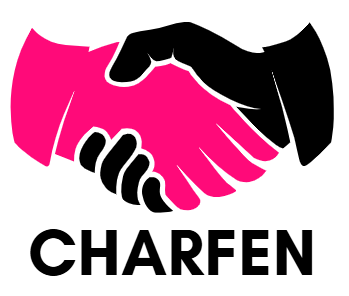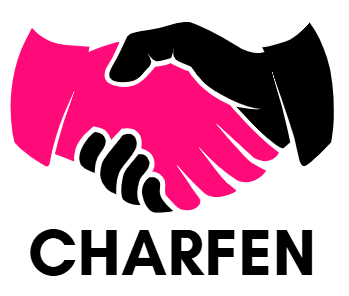Investment technology grows fast. Regulation, however, doesn’t hurry. It’s like a race where one runner has weights on their ankles. Platforms that ignore this mismatch eventually stumble – often right when they start scaling.
MiFID II, FINMA, and the SEC aren’t just acronyms to quote in compliance decks. They’re living frameworks that shape how every investment system must behave. So the question isn’t “How do we comply once?” but “How do we build something that survives change?”
1. MiFID II: When Transparency Becomes Architecture
MiFID II, introduced by the EU, aimed to bring sunlight into investment activities – transparency, reporting, best execution. But in tech terms, it redefined how data should move.
For instance, every transaction needs timestamp accuracy down to the millisecond, synchronized with UTC. That’s not just a rule – it’s an infrastructure demand. A poorly designed system clock or delayed reconciliation can already count as a breach.
Platforms that treat regulation as a “reporting add-on” usually fail here. Smart teams now design compliance into the data pipeline itself: immutable logs, time-synced trade events, and pre-validation before execution.
Modern investment management software already reflects this mindset – data integrity first, interfaces later.
2. FINMA: The Swiss Playbook on Stability
FINMA’s approach stands out. While EU regulators chase transparency, Switzerland obsesses over stability and data protection. Its guidelines demand not only documentation but technical accountability: auditability of every financial operation, encryption at rest, and guaranteed reversibility of transactions.
Building for FINMA often means planning for dual data residency (onshore and cross-border), encrypted APIs, and separate user domains. Swiss firms have learned that compliance isn’t paperwork – it’s architecture.
Many developers still underestimate the challenge. Logging alone can balloon storage costs. Key rotation policies can slow performance. But when regulators ask for five years of traceable audit data, you can’t point to an analytics dashboard – you need an immutable ledger.
That’s why some fintech developers borrow concepts from event-driven models, microservices, and modular audit layers – to keep systems flexible without sacrificing control.
3. SEC: Documentation Is the New Defense
The U.S. Securities and Exchange Commission takes a different route. It focuses on how platforms manage client communication, order routing, and data storage. Its biggest weapon? Documentation.
Every decision – from how an algorithm prioritizes trades to how customer data is shared – can be questioned. The SEC doesn’t just want compliance; it wants proof of the logic behind every rule.
That’s why leading U.S. investment platforms have shifted toward “explainable automation.” If an AI rebalances a portfolio, the system must show why. If a trade was rejected, the logic must be retrievable and human-readable.
This shift pushes teams to document not only their code but their intent. It’s a cultural challenge – engineers must think like regulators, and compliance officers must speak tech.
4. Building Resilience into the Platform
The common thread across MiFID II, FINMA, and SEC is not complexity – it’s traceability. Systems break when they treat compliance as a one-off checklist.
Here’s what resilient architectures share:
- Immutable data layers – to record every trade, user action, and decision path.
- Automated audit trails – updated in real time, not end-of-month exports.
- Configurable rule engines – so compliance logic can adapt to new jurisdictions without full rewrites.
- Role-based UX – investors, auditors, and admins see different data scopes without manual filtering.
That’s what separates a good system from a future-proof one.
5. What’s Next: Designing for Moving Targets
Regulations evolve. MiFID III drafts already hint at more granular data checks. The SEC explores algorithm accountability. FINMA tightens cyber-resilience rules every year.
The takeaway? Static architecture won’t survive dynamic compliance. Investment software must be built like an accordion – compact yet expandable, structured but flexible.
Firms that treat regulation as a feature, not a burden, end up more stable and trusted. They release faster, scale cleaner, and avoid the endless rework that comes from patching compliance on top.
It’s not magic; it’s engineering discipline. And it’s exactly how firms like S-PRO approach financial system development – treating regulation as part of design, not the aftermath.
6. The Bigger Picture
In the long run, regulation isn’t the enemy of innovation. It’s a filter that weeds out shortcuts and rewards the teams that think ahead.
When architecture and compliance grow together, platforms stop fearing audits – they start using them as validation of quality.
Because in investment tech, the strongest platforms aren’t the flashiest – they’re the ones regulators can’t break.










